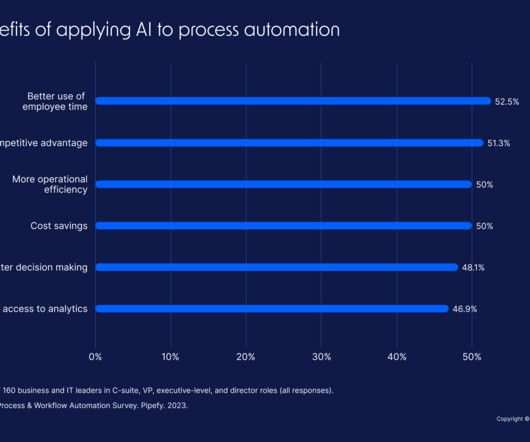3 Procure-to-Pay Trends Shaping 2024
Pipefy
JANUARY 30, 2024
The global source-to-pay and procure-to-pay outsourcing market is expanding rapidly with the market expected to reach $55.8 billion by 2028. To do so, procure-to-pay trends point to an increased focus on three key areas: technology, collaboration, and sourcing. Below is a rundown of the three procure-to-pay trends shaping 2024.












Let's personalize your content